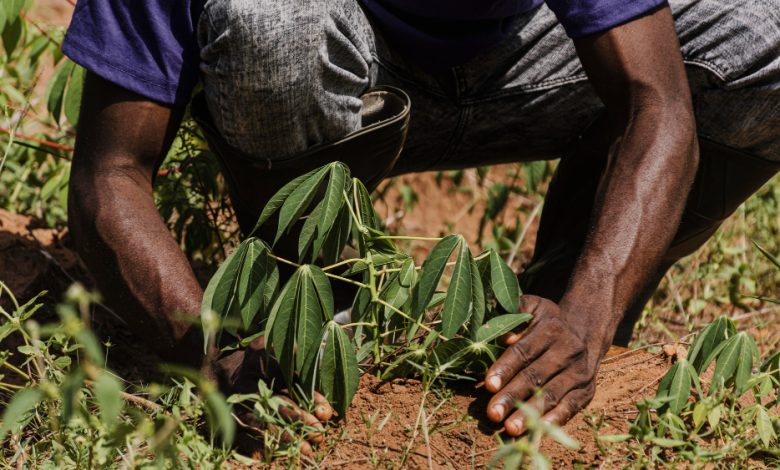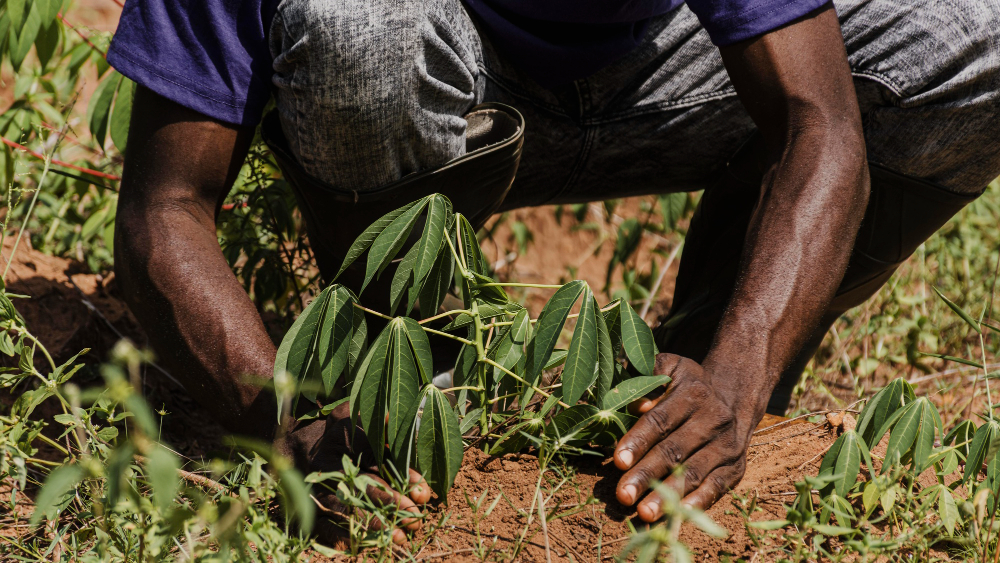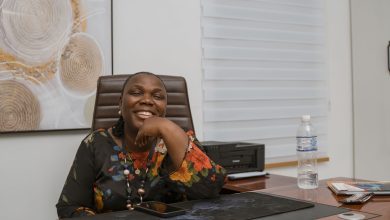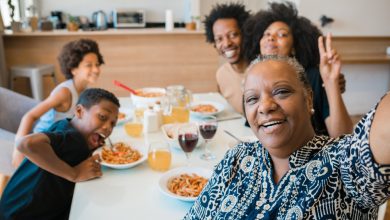Best Practices for Cassava Farming in Africa – Expert Approach


Cultivating Success: Best Practices for Cassava Farming in Africa
Cassava, a resilient and versatile crop, has been a staple food in Africa for centuries, contributing significantly to food security and economic stability across the continent. As the demand for cassava continues to grow, adopting best practices in cassava farming becomes paramount to ensure sustainable production and maximize yields. In this article, we explore the essential techniques and strategies that can empower farmers to cultivate cassava effectively and thrive in the agricultural sector.
Selecting Quality Planting Material: The foundation of successful cassava farming begins with selecting high-quality planting material. Farmers should opt for disease-resistant and high-yielding cassava varieties suited to their specific agro-ecological zones. Utilizing healthy stems or stakes from certified sources ensures the propagation of robust and productive cassava plants, laying the groundwork for a bountiful harvest.
Optimal Land Preparation: Proper land preparation sets the stage for healthy cassava growth and development. Farmers should undertake thorough land clearing, removing weeds, debris, and any obstacles that may hinder cultivation. Subsequent plowing and harrowing help to break up soil compaction, improve soil aeration, and create a conducive environment for cassava root establishment. Incorporating organic matter such as compost or manure enhances soil fertility and promotes nutrient retention, fostering optimal plant growth.
Applying Balanced Fertilization: Cassava cultivation benefits from balanced fertilization practices tailored to the specific nutrient requirements of the crop. Soil testing provides valuable insights into nutrient deficiencies, guiding farmers in the application of appropriate fertilizers to address any imbalances. While cassava is relatively resilient to low soil fertility, judicious application of nitrogen, phosphorus, and potassium fertilizers at critical growth stages can enhance yields and ensure optimal plant health.
Implementing Efficient Planting Techniques: The method of planting cassava stems significantly influences crop establishment and subsequent productivity. Farmers can employ various planting techniques, including the single-row, double-row, or triangular spacing methods, depending on soil characteristics and available resources. Ensuring proper spacing between plants facilitates adequate airflow, sunlight penetration, and nutrient uptake, reducing competition and enhancing overall crop performance.
Managing Pests and Diseases: Pests and diseases pose significant challenges to cassava production and can result in substantial yield losses if left unchecked. Integrated pest and disease management (IPDM) strategies encompass cultural, biological, and chemical control measures to minimize the impact of pests and diseases while preserving environmental sustainability. Regular scouting, early detection, and prompt intervention through the use of resistant varieties, biological control agents, and targeted pesticides help mitigate the risk of infestation and safeguard cassava crops against damage.
Implementing Water Management Practices: Water is a critical factor in cassava production, influencing plant growth, development, and yield. Implementing efficient water management practices, such as mulching, drip irrigation, or rainwater harvesting, helps conserve moisture, mitigate water stress, and optimize crop performance, particularly in regions prone to drought or erratic rainfall patterns. By harnessing available water resources judiciously, farmers can enhance the resilience of cassava cultivation to climate variability and ensure consistent yields year-round.
Harvesting and Post-Harvest Handling: Timely harvesting is essential to preserve cassava quality and minimize post-harvest losses. Mature cassava roots are typically harvested between 9 to 24 months after planting, depending on the variety and desired market preferences. Careful handling during harvesting, avoiding damage to the roots and minimizing exposure to sunlight, prevents deterioration and maintains root quality. Post-harvest processing techniques, such as peeling, drying, and storage in well-ventilated facilities, prolong shelf life and enhance marketability, enabling farmers to capitalize on their cassava produce.
Conclusion: Cassava farming in Africa holds immense potential to contribute to food security, rural livelihoods, and economic development. By embracing Best Practices for Cassava Farming, from selecting quality planting material and optimizing land preparation to implementing efficient planting techniques and managing pests and diseases, farmers can unlock the full productivity and profitability of cassava production. With sustainable farming methods and a commitment to innovation, African farmers can cultivate success and propel the cassava sector towards greater resilience and prosperity.




